
This also applies to cable, chain, and webbing.
Gear that is anchored includes anchors, rocks, trees, tripods, trucks, etc.
A "bight" is a simple loop in a rope that does not cross itself.
A "bend" is a knot that joins two ropes together. Bends can only be attached to the end of a rope.
A "hitch" is a type of knot that must be tied around another object.
"Descending devices" (e.g., ATCs, Brake Bar Racks, Figure 8s, Rescue 8s, etc) create friction as their primary purpose. The friction in descending devices is always considered when calculating forces.
The "Safety Factor" is the ratio between the gear's breaking strength and the maximum load applied to the gear (e.g., 5:1).
The properties pane displays information about the currently selected item(s) and allows you to modify the information.
What do you want to do?
The contents of the properties pane vary depending on which gear is selected. When multiple pieces of gear are selected, only the properties that are shared by all of the selected gear are available.

The toolbar at the top of the properties pane allows you to toggle the properties between a categorized and alphabetical list, restore the item's default properties, access the item's properties in a dialog, lock the item, and display online Help (for the selected item if gear-specific help is available).

Click on an illustration (below) to learn more about that section of the properties pane.
 Appearance Section |
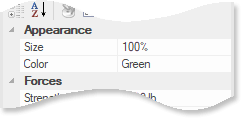 Rope Appearance Section |
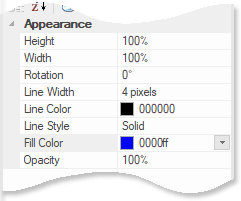 Shape Appearance Section |
||
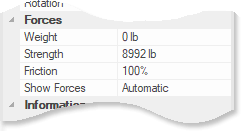 Forces Section |
 Forces (Pull/Release) Section |
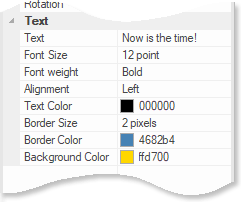 Text Section |
||
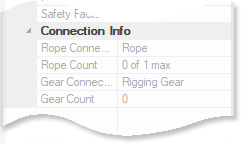 Connection Info Section |
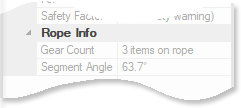 Rope Info Section |
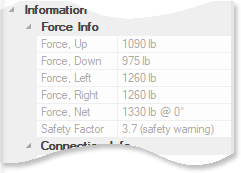 Forces Info Section |